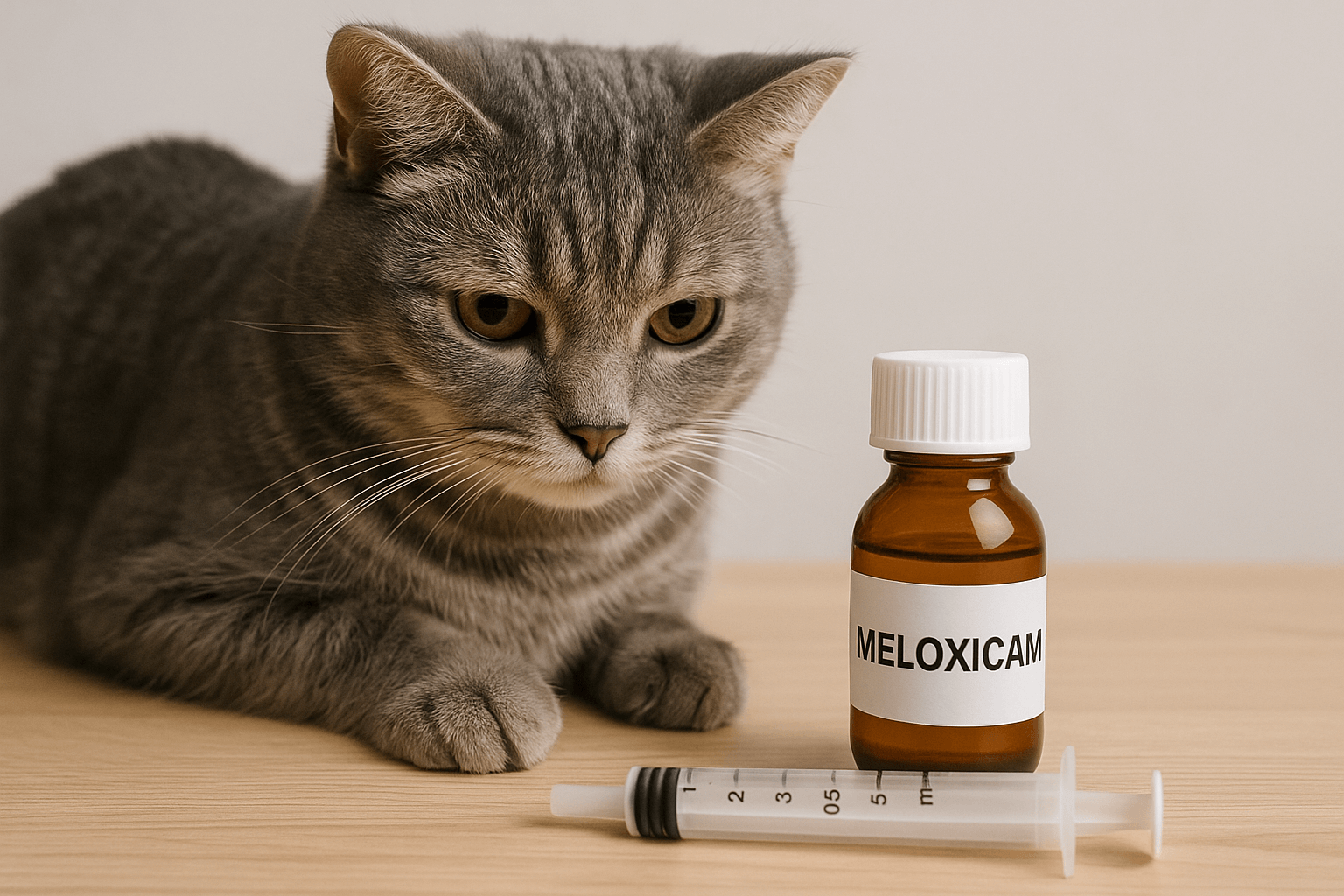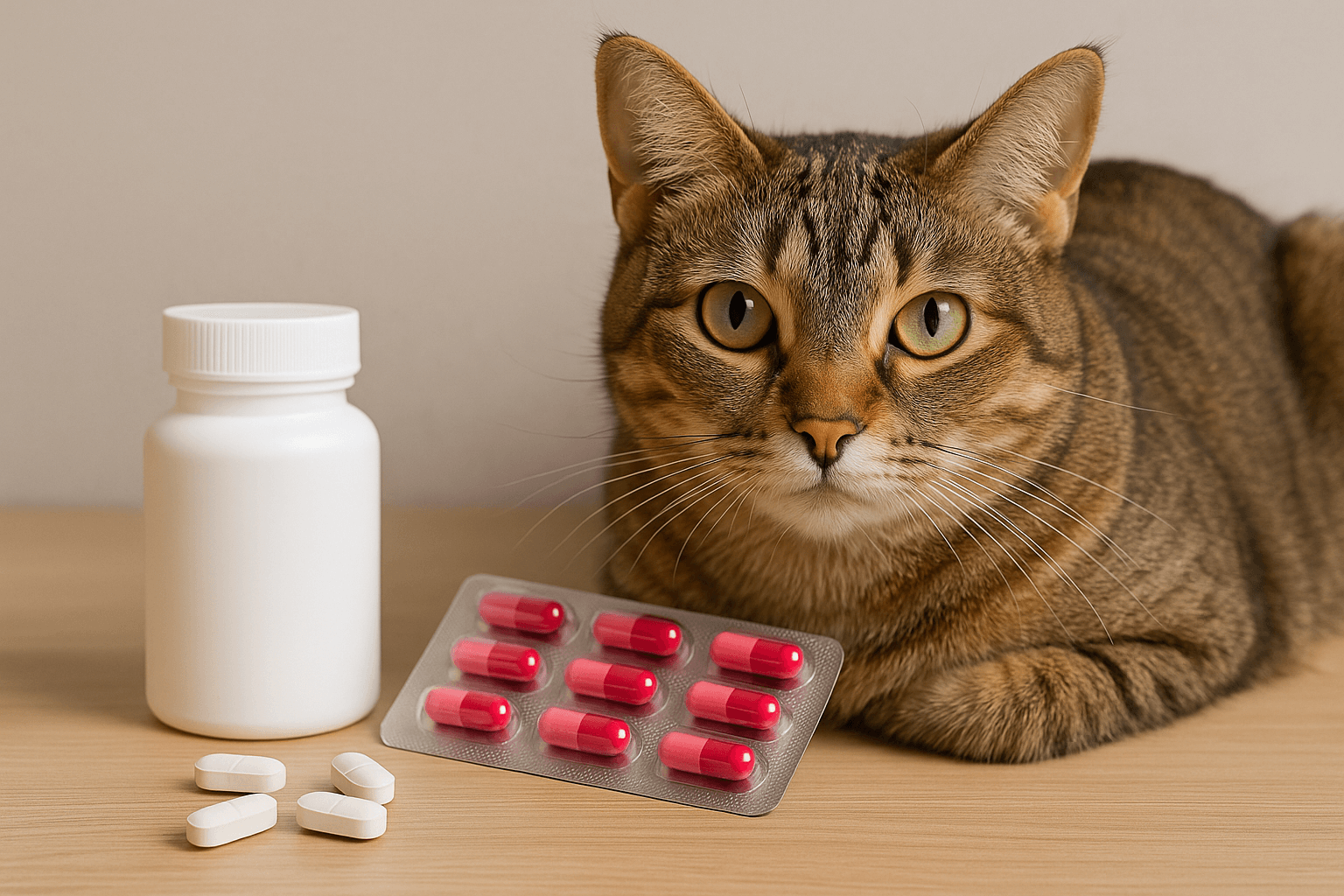Why Is My Dog Puking Foam? Understanding the Causes and Solutions
As a dog owner, few things are as alarming as seeing your furry friend in distress. One of the most common yet concerning symptoms is when your dog starts puking foam. While it might seem like a minor issue at first, this behavior can sometimes indicate underlying health problems that need immediate attention. In this blog post, we’ll explore the possible reasons behind this unsettling symptom, how to identify potential triggers, and what steps you can take to ensure your pup feels better soon. Let’s dive in and uncover everything you need to know about this issue.
Common Causes of Dogs Puking Foam
When your dog vomits foam, it could be due to a variety of reasons. Here’s a breakdown of some of the most common causes:
Dietary Indiscretion
Sometimes dogs eat things they shouldn’t, like garbage or toxic plants, which can irritate their stomach and lead to foamy vomit.Bilious Vomiting Syndrome
This occurs when bile builds up in an empty stomach, often leading to nausea and vomiting, especially in the morning.Gastrointestinal Issues
Conditions like gastritis or inflammatory bowel disease can cause excessive vomiting, including the presence of foam.Parasites
Intestinal worms or other parasites can disrupt your dog’s digestive system, resulting in symptoms like vomiting foam.Toxin Exposure
Accidental ingestion of harmful substances such as cleaning products or certain plants can trigger foamy vomit.
If you notice your dog puking foam regularly, it’s essential to monitor their behavior and consult a vet to rule out serious conditions.
Signs That Your Dog Needs Immediate Veterinary Attention
While occasional vomiting may not always be cause for concern, there are specific signs that indicate your dog requires urgent care. Here’s what to look out for:
Frequent Episodes
If your dog is vomiting foam multiple times within a short period, it could signal a more severe issue.Lethargy or Weakness
A lack of energy or unusual weakness alongside vomiting is a red flag that something is wrong.Loss of Appetite
Refusal to eat or drink can accompany vomiting and may point to dehydration or gastrointestinal distress.Blood in Vomit
The presence of blood in the vomit is a critical sign that warrants immediate veterinary intervention.Abdominal Pain
If your dog shows discomfort or tenderness in their belly area, it could indicate an obstruction or infection.
Pay close attention to these symptoms, as early detection can make all the difference in your dog’s recovery.
Check this guide 👉Dog Vomit White Foam: 7 Tips to Address the Issue!
Check this guide 👉How to Clean Dog Vomit from Carpet: Best 7 Expert Tips!
Check this guide 👉When Your Dog Isnt Pooping After Diarrhea: Best 7 Tips!

Symptoms to Watch For | Possible Causes |
|---|---|
Frequent vomiting episodes | Dietary indiscretion or food allergies |
Lethargy and weakness | Poisoning or systemic illness |
Loss of appetite | Gastrointestinal inflammation |
Blood in vomit | Ulcers or internal bleeding |
Abdominal pain or bloating | Intestinal blockage or infection |
Steps to Prevent Your Dog from Puking Foam
Prevention is key to keeping your dog healthy and avoiding stressful situations like vomiting foam. Here are some practical steps you can take:
Provide a Balanced Diet
Feed your dog high-quality food that meets their nutritional needs and avoids artificial additives.Limit Access to Harmful Substances
Keep toxic items like chemicals, medications, and dangerous plants out of reach.Establish a Feeding Schedule
Regular feeding times help prevent bilious vomiting syndrome by ensuring your dog’s stomach isn’t empty for too long.Monitor Their Environment
Supervise outdoor playtime to ensure your dog doesn’t ingest foreign objects or harmful substances.Schedule Regular Vet Checkups
Routine visits allow your vet to catch potential issues before they escalate into bigger problems.
By taking these preventive measures, you can significantly reduce the chances of your dog experiencing this unpleasant symptom.
Home Remedies to Soothe Your Dog’s Stomach
In mild cases, home remedies can provide relief for your dog without needing professional intervention. However, always consult your vet before trying any new treatments. Here are some safe options:
Offer Small Amounts of Water
Hydration is crucial, but give water gradually to avoid overwhelming their stomach.Feed Bland Foods Temporarily
Plain boiled chicken and rice can settle an upset stomach while being gentle on digestion.Use Probiotics
Adding probiotics to your dog’s diet can restore gut flora and improve digestive health.Create a Calm Environment
Stress can exacerbate digestive issues, so ensure your dog has a quiet space to relax.Administer Over-the-Counter Solutions (with Vet Approval)
Products like Pepcid AC may help alleviate nausea, but only use them under veterinary guidance.
These remedies can offer temporary relief, but persistent symptoms should always be evaluated by a professional.
Foods That Can Trigger Foamy Vomit in Dogs
While dogs are known for their adventurous eating habits, certain foods can irritate their stomachs and lead to foamy vomit. Understanding which items to avoid can help prevent this unpleasant symptom. Here’s a list of common dietary culprits:
Chocolate
Contains theobromine and caffeine, both of which are toxic to dogs and can cause vomiting.Grapes and Raisins
Even small amounts can lead to kidney failure and gastrointestinal distress.Fatty Foods
Rich or oily meals can upset your dog’s stomach and trigger bile production.Dairy Products
Many dogs are lactose intolerant, leading to digestive issues after consuming milk or cheese.Onions and Garlic
These can damage red blood cells and irritate the stomach lining.
By keeping these foods out of your dog’s reach, you can significantly reduce the risk of dietary-induced vomiting.
Signs Your Dog Is Suffering from Anxiety
Anxiety is a common issue among dogs and can manifest in various ways, including physical symptoms like vomiting foam. Recognizing the signs of stress can help you address the root cause and provide comfort to your pet. Here are some indicators that your dog may be feeling anxious:
Excessive Licking or Chewing
This behavior is often a coping mechanism for stress or boredom.Pacing or Restlessness
Dogs that can’t settle down may be experiencing heightened anxiety levels.Whining or Barking
Vocalizations can signal discomfort or an attempt to seek attention.Destructive Behavior
Chewing furniture or digging at carpets may indicate underlying stress.Hiding or Avoidance
Some dogs retreat to secluded areas when they feel overwhelmed or scared.
If you notice these behaviors alongside vomiting, consider consulting a professional to address your dog’s emotional needs.
Ways to Keep Your Dog Hydrated and Healthy
Proper hydration is essential for your dog’s overall health and can play a role in preventing symptoms like vomiting foam. Ensuring your dog drinks enough water is simple with a few practical strategies. Here are some tips to keep them hydrated:
Provide Fresh Water Daily
Clean, fresh water should always be available to encourage regular drinking.Add Moisture to Their Meals
Mixing wet food or broth into dry kibble increases fluid intake naturally.Use Ice Cubes as Treats
Dogs often enjoy chewing on ice cubes, which also helps them stay hydrated.Monitor Outdoor Activity
Ensure your dog has access to water during walks or playtime, especially in hot weather.Watch for Dehydration Signs
Symptoms like dry gums, sunken eyes, or lethargy indicate your dog needs more fluids.
By prioritizing hydration, you can support your dog’s digestive health and reduce the likelihood of issues like vomiting foam.
FAQ
Why does my dog vomit white foam?
White foam typically indicates bile or stomach acid buildup, often caused by an empty stomach or dietary issues.
Can stress cause my dog to throw up foam?
Yes, anxiety or stress can lead to digestive upset, resulting in foamy vomit.
How can I tell if my dog has eaten something toxic?
Look for additional symptoms like drooling, diarrhea, seizures, or lethargy, and contact your vet immediately.
Should I withhold food after my dog vomits foam?
It’s generally recommended to fast your dog for 12 hours to let their stomach rest, but always follow your vet’s advice.
When should I seek emergency care for my dog?
Seek help if your dog vomits repeatedly, shows signs of pain, or exhibits other concerning symptoms like blood in vomit.
Final Thoughts: Keeping Your Dog Healthy and Happy
Seeing your beloved pet puking foam can be a worrying experience, but understanding the potential causes and solutions empowers you to act quickly and effectively. Whether it’s adjusting their diet, removing hazardous items from their environment, or seeking veterinary care, every step you take contributes to their well-being. Remember, prevention is always better than cure, so stay proactive about your dog’s health. With love, care, and vigilance, you can ensure your furry companion leads a happy, foam-free life!
Cat Fever Treatment: Best 7 Expert Tips! Discover expert advice on identifying, managing, and treating fever in cats to ensure their quick recovery and well-being.
Understanding Meloxicam for Cats: Best 7 Expert Tips! Learn how to safely administer meloxicam, manage side effects, and ensure your cat's comfort with expert advice on feline pain relief.
Amoxicillin for Cat UTI: Best 7 Expert Tips! Discover safe usage, dosage guidelines, and expert advice on treating feline urinary tract infections effectively with amoxicillin.
Understanding Cat Cancer Treatment: Best 7 Expert Tips! Discover expert advice on managing feline cancer, from early detection to treatment options, ensuring your cat’s health and comfort.





